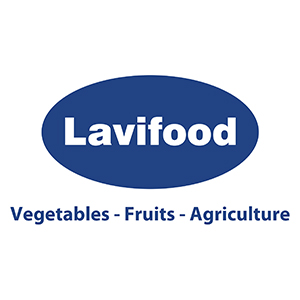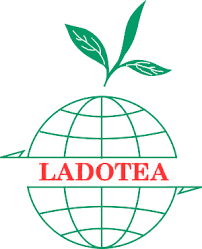- Giới thiệu
- Nhóm Công tác
- Tin tức
- Thông tin về FTA
- Tài Liệu
- Sự kiện
- Liên hệ
Vietnam's seafood exports expected to reach $10 billion this year
Vietnam's seafood exports in the first half of this year grew very strongly. However, global inflation has made the seafood industry to lower expectations in the second half of the year.

According to Truong Dinh Hoe, General Secretary of the Vietnam Association of Seafood Exporters and Producers (VASEP), Vietnam's seafood exports from the beginning of this year grew very impressively. Seafood enterprises have exported to about 160 markets, with a turnover of approximately US$6 billion, an increase of 41 per cent over the same period last year. For the first time, seafood exports reached revenue of over $1 billion per month and for three consecutive months from March to May, export turnover per month is over $1 billion. This was unprecedented in the history of seafood export so far, Hoe said.
Normally, with impressive export results in the first half the year plus strong market demand in the third and fourth quarters (exports in the second half of the year are usually higher than those in the first half of the year), the seafood industry will set a target turnover of over $ 10 billion. However, VASEP only set a target of$ 10 billion at maximum including more than $4 billion from shirmp export and over $2 billion from pangasius export, $3.5 billion for other seafood.Compared with the result of seafood export in 2021, just $ 8.9 billion and the growth of seafood export in the past years, it would be an impressive result if the country's seafood exports reached $10 billion this year.
However, compared to the result of the first half this year - approximate $6 billion, the $10 billitarget for the whole year is a bit modest. However, this target is considered to be more appropriate to market movements as well as difficulties and challenges that the seafood industry is facing at this time and in the coming months.
Hoe said that there were some big challenges that Vietnam's seafood industry was facing. "First of all, high inflation is spreading in the markets. Last May, inflation in the US was more than 8 per cent, Germany more than 10 per cent, and many other markets were also at very high levels," he said.
To combat inflation, markets will have to reduce consumption, making the world's demand for seafood no longer as high as in the first half of the year, thereby significantly affecting Vietnam's seafood exports. On the other hand, markets that have imported a lot of seafood in the past time, will prioritize clearing inventories rather than boosting imports of new products in the coming months.
Do Ngoc Tai, Director General of Ngoc Tri Food Processing Corporation, said that due to high inflation, US consumers were tending to spend economically and switch to cheaper foods like chicken or fish. Meanwhile, the inventory of shrimp is still high. These factors cause US shrimp importers to limit their purchases. Therefore, the demand for US shrimp imports will decrease from April to August this year. It is likely that this market will recover slightly until September.
According to Tai, in the European market, inflation, rising prices, and depreciation of the Euro are also causing consumers to switch to cheaper foods.
In addition to inflation, China may keep the "Zero Covid" policy at least until the end of this year or early next year, which also affects Vietnam's seafood exports to this market. Sea freight rates remain high and possibly rise again in the context of high gasoline prices and the impact of the Russia-Ukraine conflict. These are also two important factors that will reduce the growth rate of Vietnam's seafood exports in the second half of this year.
Tin liên quan
Agriculture and Environment exhibition ready for National celebration2025/08/27
Vietnam to transfer 1 million tons of carbon credit the World Bank2025/08/29
China surpass the U.S. to become Vietnam's largest market for cashew nuts2025/08/25
Enhancing adaptive climate change monitoring in agriculture and the environment2025/08/21
ICD to affirm Vietnam's voice in global agriculture and environment forums2025/08/01



 Điều lệ hoạt động
Điều lệ hoạt động



















































